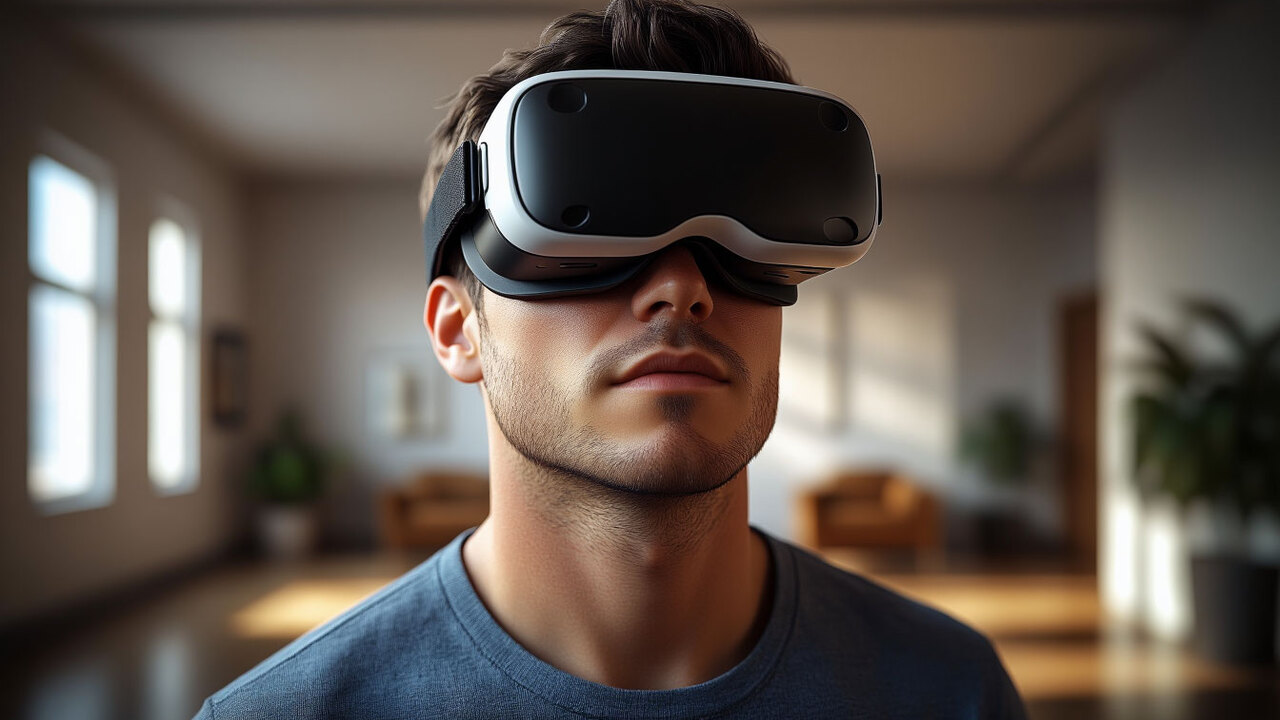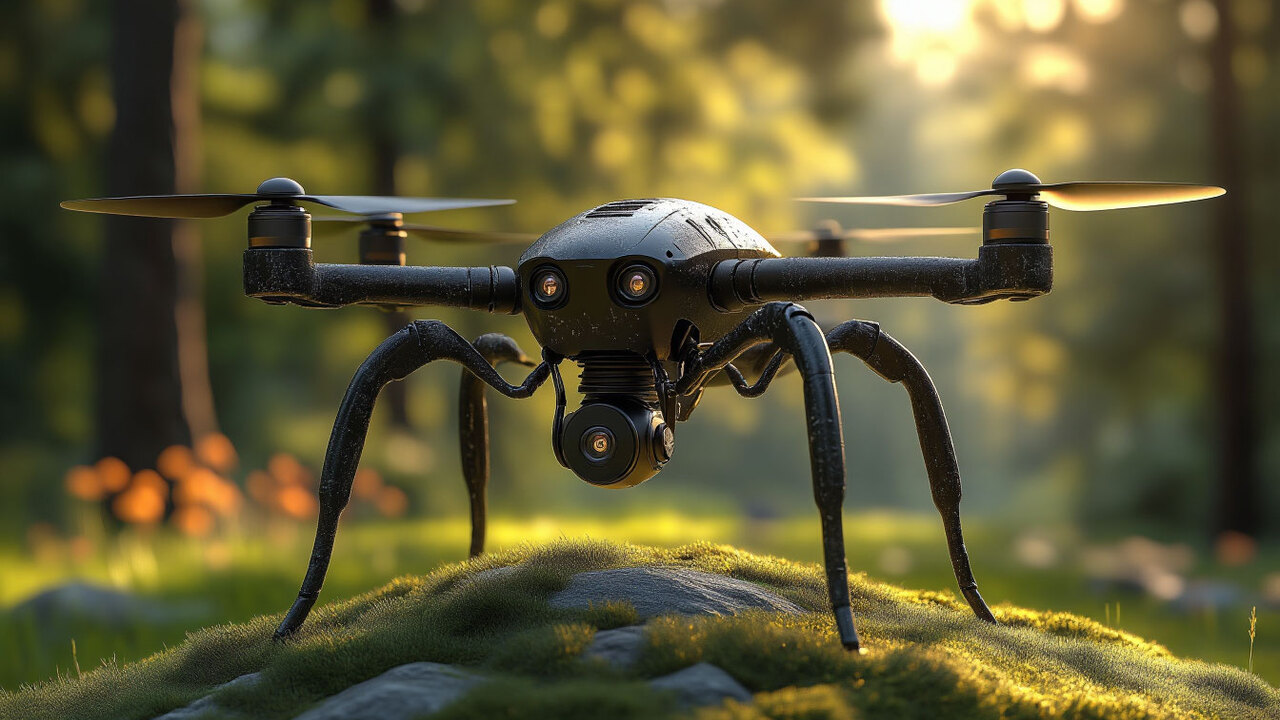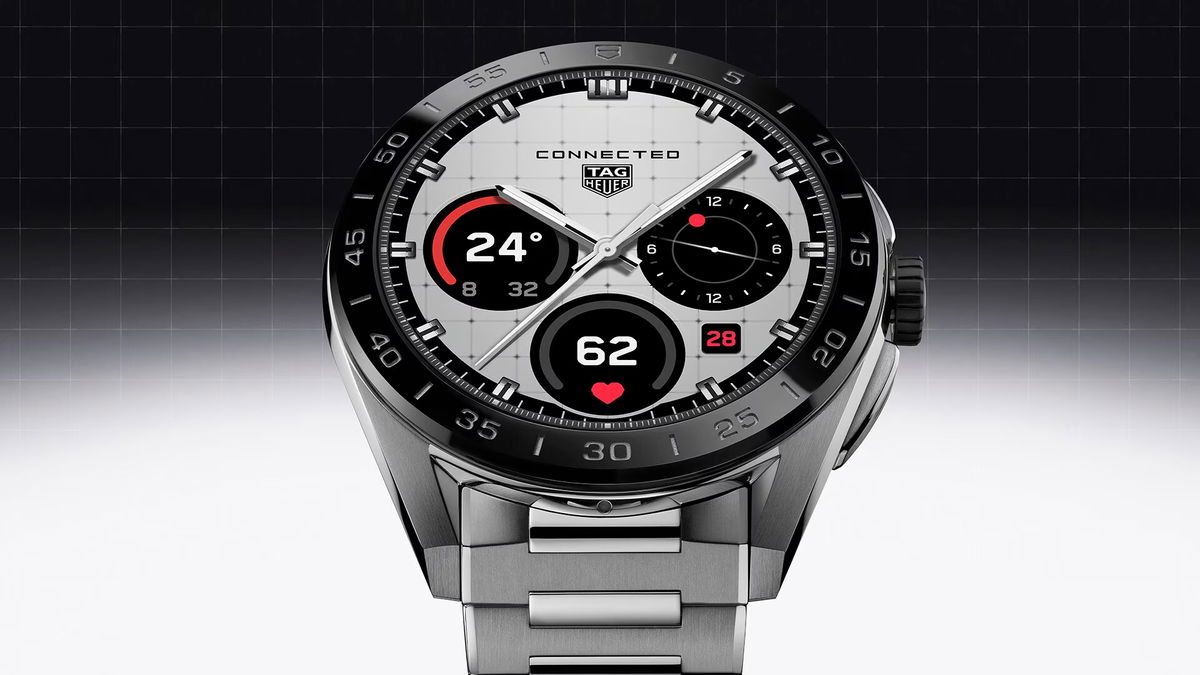Previously, despite their realistic appearance, androids with moving facial parts could create feelings of discomfort because their expressions often did not reflect consistent emotional states. Developed by a research team led by Hisaishi Ishihara, the new technology uses movements called “wave movements” to create natural facial expressions such as “breathing,” “blinking,” or “yawning.” These gestures can be layered on top of each other and changed in real time, eliminating the need to prepare complex scenarios in advance and reducing noticeable transitions between expressions.
Most importantly, the new technology includes “wave modulation”, which allows the android’s facial expressions to change depending on its internal state. This means that changes in mood or response to the environment can be instantly reflected on the android’s face.
Source: Ferra
I am a professional journalist and content creator with extensive experience writing for news websites. I currently work as an author at Gadget Onus, where I specialize in covering hot news topics. My written pieces have been published on some of the biggest media outlets around the world, including The Guardian and BBC News.










